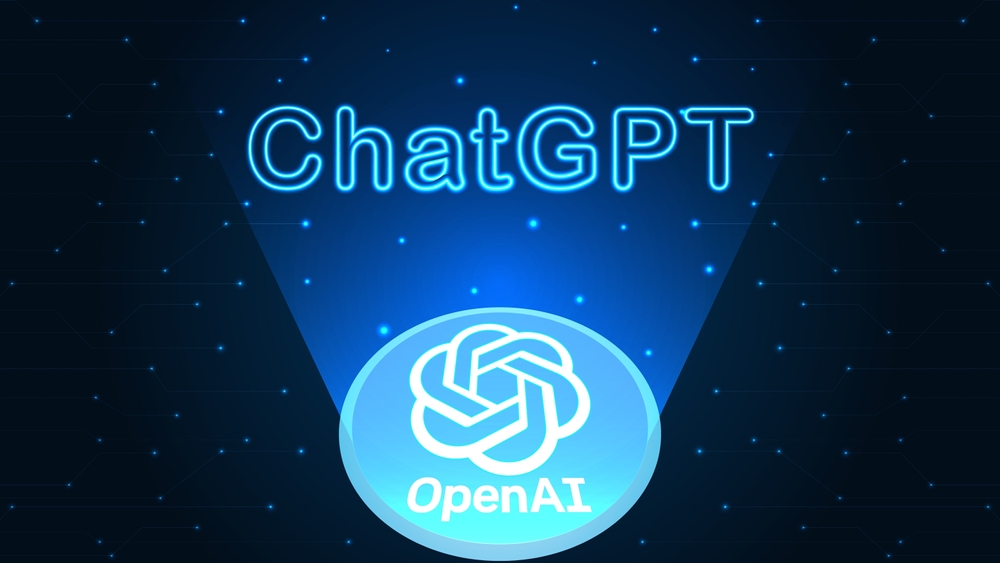

After months of speculation, OpenAI has finally launched its ChatGPT Atlas browser on Tuesday, making it accessible globally, albeit exclusively for Mac users. The company organized a short livestream event to showcase the primary functionalities of ChatGPT Atlas, presenting a few significant enhancements for ChatGPT Search that closely resemble the Google Search experience. Currently, the new ChatGPT Search features are limited to the ChatGPT Atlas browser, but this update indicates OpenAI’s commitment to the realm of online search. It wouldn’t be surprising if these features soon extend to ChatGPT Search interactions within the ChatGPT app and on third-party browsers.
In 2025, online search appears to be a feature that many ChatGPT users take as a given. This functionality is crucial for an AI chatbot, as it allows the AI to conduct online research to attempt to answer queries as accurately as possible. Most of the time, you won’t need to click the “Web search” button in the ChatGPT composer; the AI is programmed to know when to do so. Additionally, OpenAI introduced a ChatGPT Search product that functions beyond the ChatGPT web app. You can set ChatGPT Search as your default search engine in compatible browsers, replacing Google Search. This is the online search experience that ChatGPT Atlas enhances.
How Atlas enhances ChatGPT Search
OpenAI’s chief designer, Ryan O’Rouke, showcased ChatGPT Atlas during the livestream, presenting new ChatGPT Search functionalities along the way. He mentioned that OpenAI recognizes that search is “one of the fundamental flows in a browser for exploring the internet,” and searches can sometimes consist of only a few keywords, which might not suffice for a chatbot like ChatGPT to deliver a meaningful response.
Consequently, OpenAI revamped ChatGPT Search to provide a tabbed interface akin to Google Search. The first tab (the home tab) delivers a ChatGPT chat interface, similar to what one would experience currently when utilizing ChatGPT Search. You can click on links to access websites and continue interacting with the AI by posing further questions. Google’s AI Mode in Google Search bears resemblance to this ChatGPT Search format.
However, Atlas users seeking a more conventional search can navigate to the other tabs, which comprise traditional search results, images, videos, and news articles. This mirrors the organization of Google Search. The tab menu at the top of Google Search allows you to transition between AI Mode, conventional search results, shopping, images, news, and more. While the Google Search tabbed menu is broader, OpenAI has not attempted to replicate the Google Search experience tab by tab within ChatGPT Atlas.
Speaking of Google, some of the search results featured in ChatGPT Atlas may be driven by Google Search. At least that is the impression given by the prominent Google link positioned on the right at the top of the results. To experiment with ChatGPT Search in Atlas, you must install the OpenAI browser on a Mac.